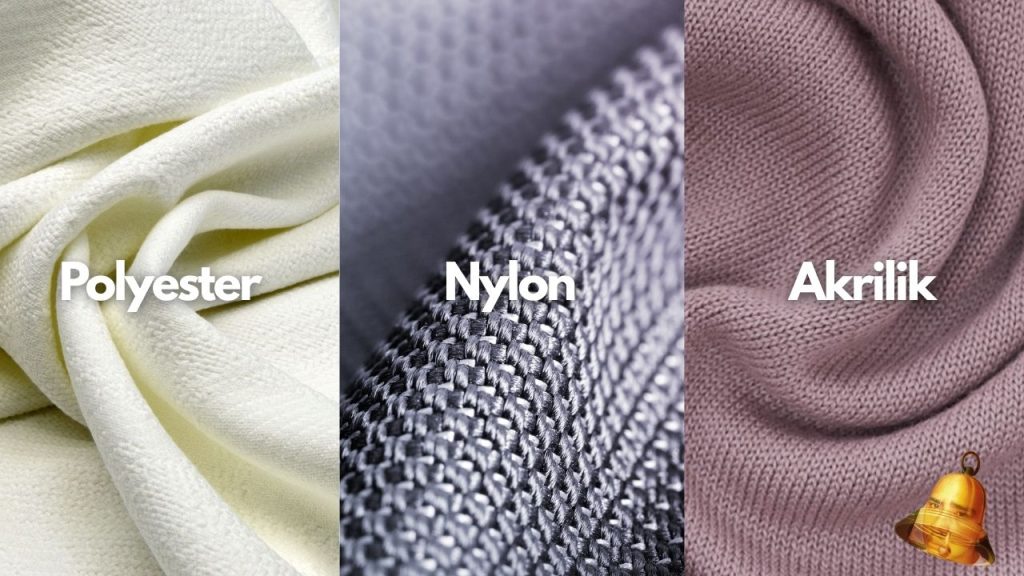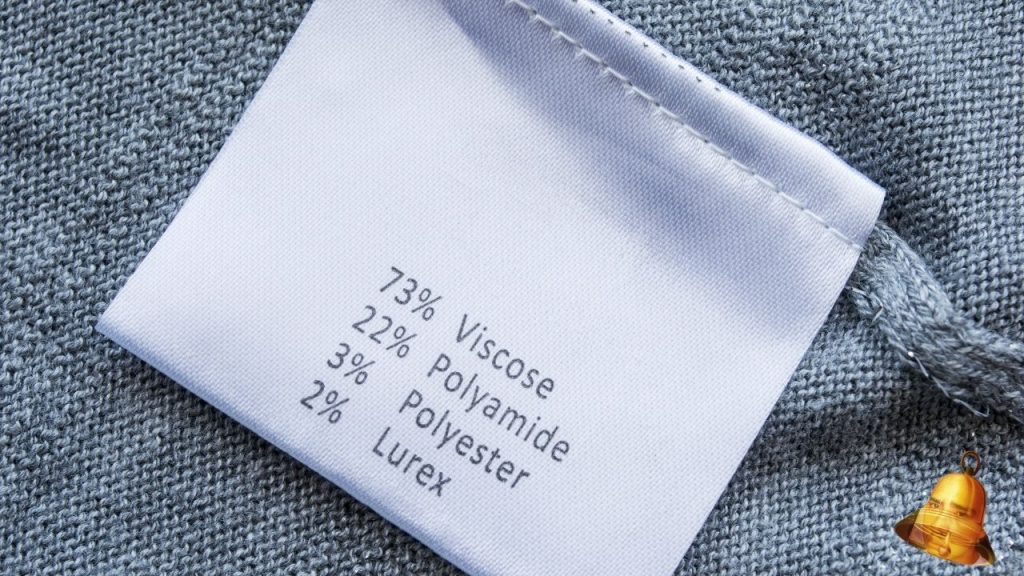Microplastics not only pollute the oceans but are also found in the air and on the clothes we wear every day. Synthetic fibers like polyester and nylon can release microscopic particles during washing, which are carried into rivers and eventually enter the food chain. Besides threatening marine ecosystems, exposure to microplastics on the skin also poses long-term concerns. Therefore, it's important to understand clothing materials that minimize the risk of microplastics, are environmentally friendly, and remain comfortable to wear.
What are microplastics and their impacts?
Microplastics are plastic pieces measuring less than 5 millimeters. One of the main sources is synthetic clothing fibers that are released during the washing process. These particles are difficult to decompose and can be inhaled through the air or attached to food. In the human body, microplastics can trigger skin irritation, hormonal disruption, and even the risk of chronic disease if they accumulate over a long period.
Environmentally, microplastics damage marine habitats, disrupting the lives of plankton, fish, and seabirds. Because they are inert, these particles persist in ecosystems for decades or even centuries. Efforts to reduce sources of microplastics are crucial for protecting health and environmental sustainability.
Clothing Materials High in Microplastic Risk

Synthetic clothing is often a major source of microplastics:
- Polyester
- Pros: quick drying, wrinkle resistant, inexpensive
- Cons: sheds a lot of microfibers when washed.
- Nylon
- Advantages: strong, elastic, light
- Disadvantages: fine particles are easily released into the water
- Acrylic
- Pros: warm, wool-like texture
- Disadvantages: contains resin that is difficult to decompose.
Every time we wash synthetic clothing, millions of fibers are released into wastewater. While domestic water treatment plants can trap most of them, not all microplastics are captured. The water then flows into rivers and oceans, exacerbating pollution.
Safer Clothing Materials

Switching to eco-friendly natural or semi-synthetic materials helps reduce the release of microplastics:
| Material | Excess | Attention |
|---|---|---|
| Organic Cotton | Soft, absorbs sweat easily, pesticide-free | Tends to shrink if not cared for properly |
| Linen | Good air circulation, quick drying, natural antibacterial | Stiff at first, needs regular softening process |
| Tencel (Lyocell) | Made from wood pulp, environmentally friendly production process, soft and antibacterial. | Price is higher than regular cotton |
| Wool | Warm, odor resistant, biodegradable | May cause itching if sensitive |
| Hemp | Sturdy, durable, antibacterial, fast growing without much pesticide | The texture is a bit rough at the beginning |
| Rayon Bamboo | Soft, antibacterial, quick drying | Chemical processes need to be ensured to be environmentally friendly. |
- Organic Cotton
Organic cotton is produced without pesticides or synthetic chemicals. Its texture is soft, suitable for sensitive skin, and it easily decomposes in the soil after disposal. - Linen
Made from the flax plant, linen has natural antibacterial properties and is highly absorbent. It's suitable for tropical climates, but it's usually more expensive and requires special care to prevent damage. - Tencel (Lyocell)
Cellulose fiber from eucalyptus wood is processed in a closed-loop process, resulting in minimal waste. Tencel is extremely soft, cool to the skin, and bacteria-resistant, making it suitable for underwear and t-shirts. - Wool and Hemp
Wool has natural warmth, while hemp is very strong and durable. Both are biodegradable, but be sure to buy from a certified breeder or producer for the best quality.
Tips for Choosing and Caring for Microplastic-Friendly Clothing

- Check the ingredient label
Always read the fiber composition of your clothing. Prioritize natural materials (100% cotton, linen, wool) or blends with Tencel. Avoid blends containing more than 50% polyester or nylon. - Choose Slow Fashion Mode
Investing in high-quality, long-lasting clothing reduces purchase frequency and textile waste. Timeless styles also help curb the rapid trends that drive overconsumption. - Use a Microfiber Catcher Bag
Special laundry bags can hold fine synthetic fibers during washing. They easily fit in the washing machine and help trap thousands of particles per cycle. - Gentle Wash Setting
Choose a wash cycle with a low temperature and low spin speed. Keep the machine light to minimize friction between clothes, meaning fewer loose fibers. - Avoid Machine Dryers
The dryer accelerates the deterioration of synthetic fibers. Dry clothes outdoors or indoors with good ventilation.
Positive Impact on the Body and the Environment

Choosing microplastic-free clothing materials has double benefits:
- For the Body
- Reduces skin irritation and risk of allergies
- Avoid exposure to chemicals left over from synthetic fiber production
- For the Environment
- Reducing the microplastic load in rivers and oceans
- Reducing carbon footprint and water usage in the production of quality natural ingredients
With a little awareness in choosing and caring for our clothes, we can make a significant contribution to reducing microplastic pollution. This small habit can have a significant impact on future generations.
Conclusion
Avoiding microplastics in clothing isn't just a trend, but a real action to protect your health and the planet. Switching to natural materials like organic cotton, linen, tencel, wool, and hemp offers comfort and peace of mind. Combined with smart care and slow fashion principles, we can enjoy fashionable and responsible clothing. Start today by checking your closet, assessing the materials, and planning your next purchase. Your small steps today can save the environment and yourself in the future.


